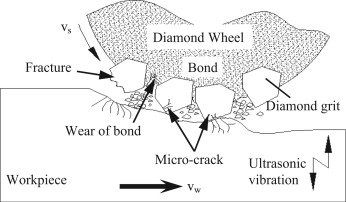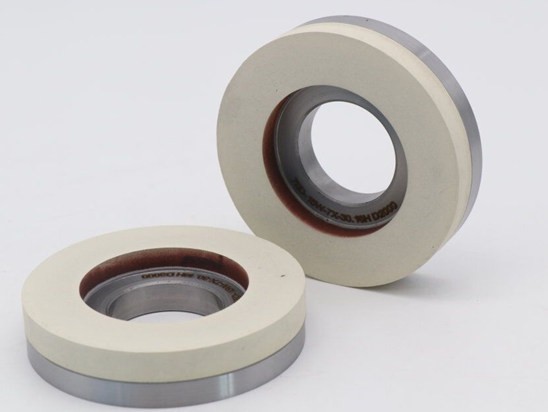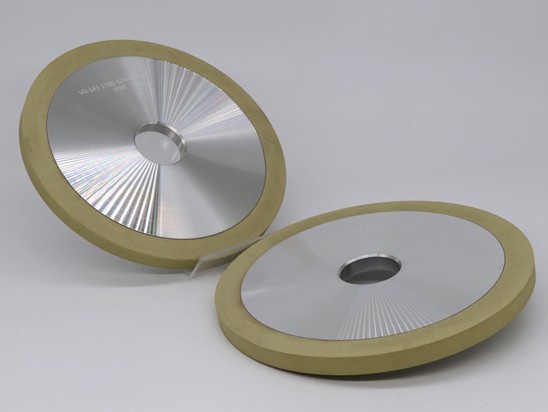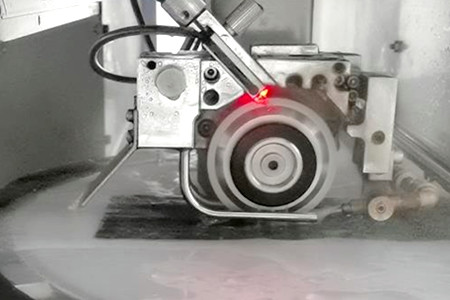In order to solve the problems of low precision and short life of hole processing in hydraulic industry,Moresuperhard diamond honing reamer, with honing machine, machining center and drilling press for grinding, the superhard energy of diamond abrasive can ensure the high precision and high efficiency of hydraulic parts aperture.
(1) Electroplating process
Diamond reamer construction
(1) fixed: good rigidity of the tool body, easy to grind, the size of the machining hole is stable, the tool life is slightly lower
(2) Adjustable: processing size adjustable, long life
Diamond/CBN honing reamer advantage
(1) Coating adhesion, diamond bond fastness, uniform diamond particle distribution, high appearance quality.
(2) The external roundness and cylindricity of the front and rear guides of the diamond reamer are 0.005mm and 0.005mm, respectively. The external circular roughness of the front guide and the rear guide are RA0.63um and Ra0.16um, respectively. The coaxiality between the tool handle and the front and rear guides is 0.015mm.
(3) The cylindricity of the reamed workpiece is less than 0.003, and the roughness can reach Ra0.4-0.2, with high precision, high efficiency and long service life.
(4) Tailored service, standardized process, create value for customer service beyond contract.
Diamond honing reamer application pass
(1) Through hole, blind hole, step hole, etc.
Instructions for diamond honing reamer
(1) Correct selection of reamer
Diamond reamer is suitable for reaming cast iron, steel, aluminum and other non-ferrous and non-metallic materials.
In the reamer structure selection, there are two kinds of fixed diamond reamer and adjustable diamond reamer. In use, in order to prolong the life of the reamer, the reamer of the above two structures can be combined, coarse hinge, half fine hinge with adjustable diamond reamer, fine hinge with fixed diamond reamer.
(2) Select a reasonable processing allowance
Generally should not exceed the abrasive itself particle size of 1/3- 1/4, otherwise it will be too much chip and diamond reamer stuck in the workpiece hole, will reduce the life of the tool.
Particle size 80/100-100/120 diamond reamer, processing allowance is controlled in 0.02mm-0.04mm.
Particle size 170/200-230/270 diamond reamer, processing allowance is controlled in 0.015mm-0.025mm.
Fine-grained 325/400 diamond reamer, machining allowance is controlled in 0.005mm-0.01mm.
(3) Reamer in the hole reciprocating times should not be too much
In general, the next reciprocating stroke can be. At present, many operators use this diamond reamer as grinding rod, because increasing the reciprocating times too much, will reduce the life of diamond reamer.
(4) Select a reasonable cutting fluid
For hinged cast iron holes, a mixture of 80% kerosene and 20% vulcanized or mechanical oil can be used as cutting fluid, or all kerosene can also be used.
When processing steel parts, 70% kerosene and 30% vulcanized oil can be used.
(5) Fair use
In order to improve the life of diamond reamer, the new reamer can be used for rough hinge, generally 5000 ~ 6000 reams.
Welcome to through our website and contact us:
Email: info@moresuperhard.com
Know more details:
http://moao.test.xyn4.cn/blog/hydraulic-industry-hole-processing-scheme.html












.jpg)




































